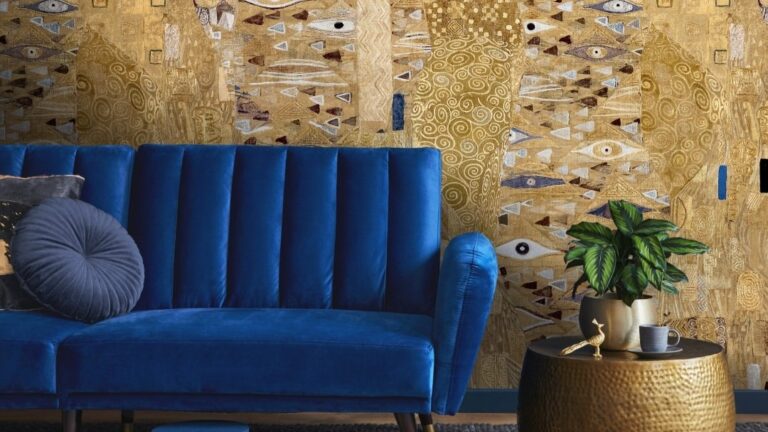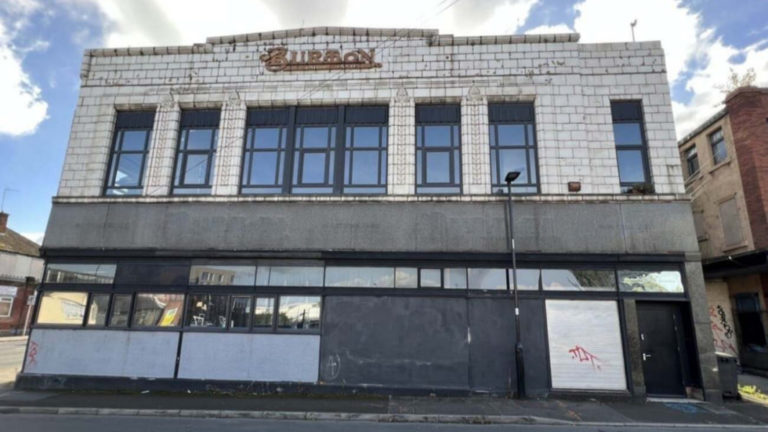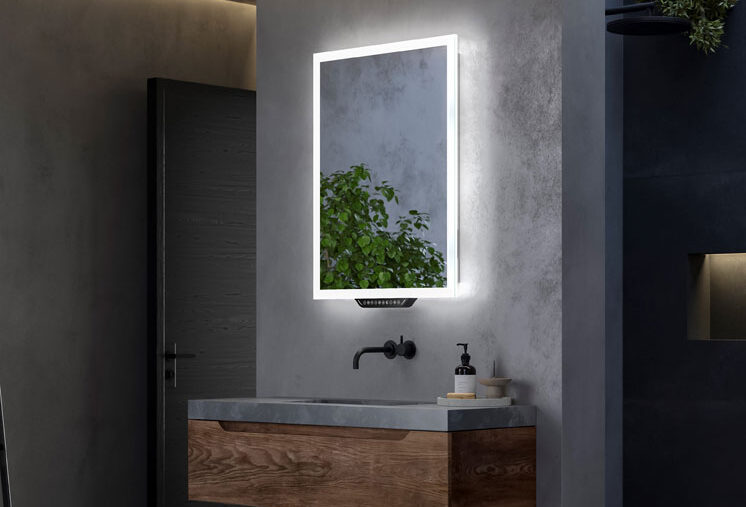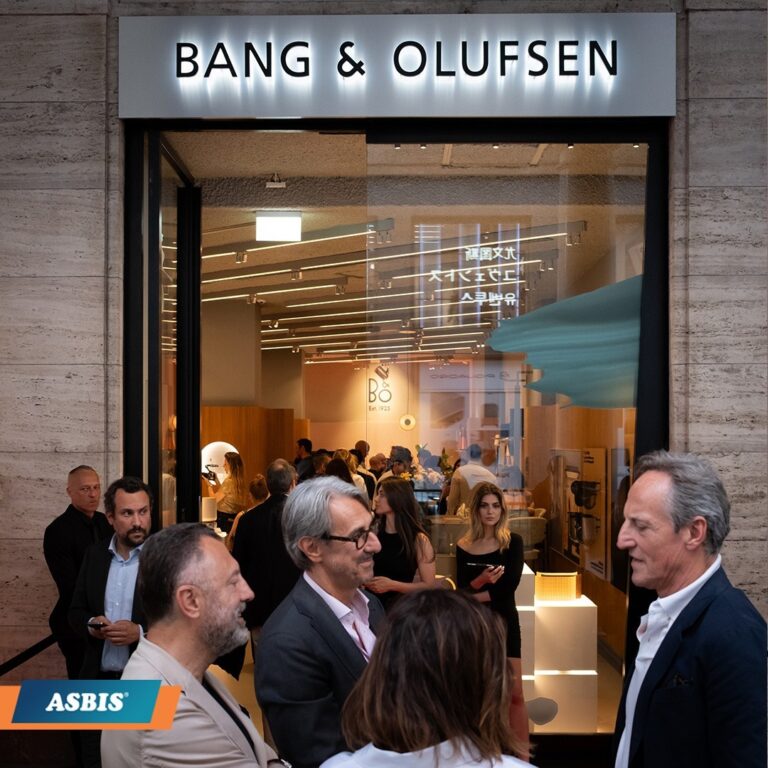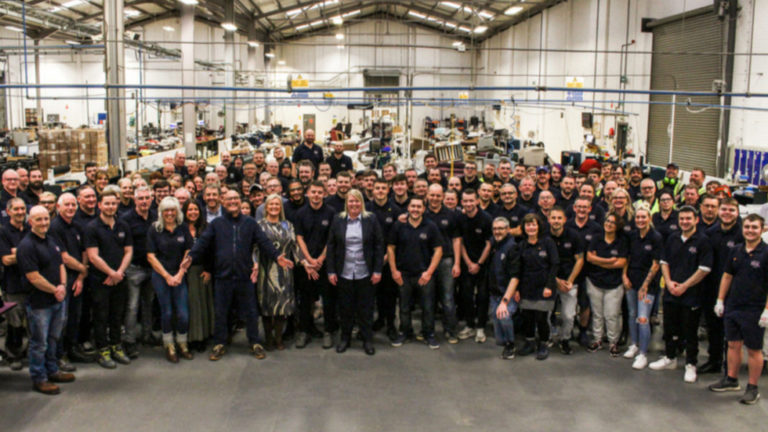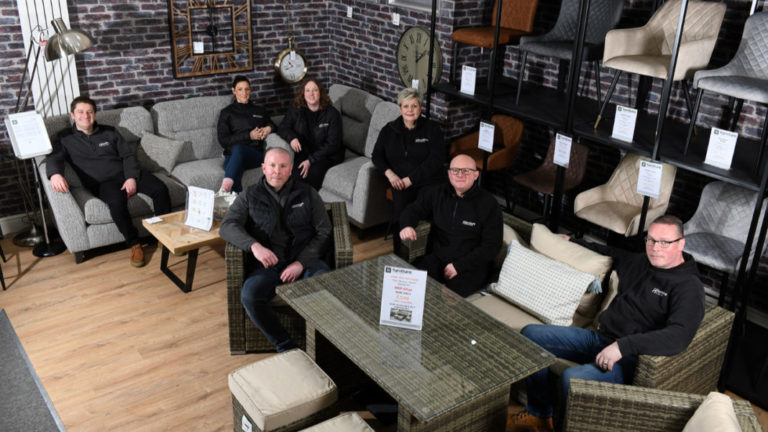Appetite by Design: The Interior Design Elements That Keep Diners Coming Back
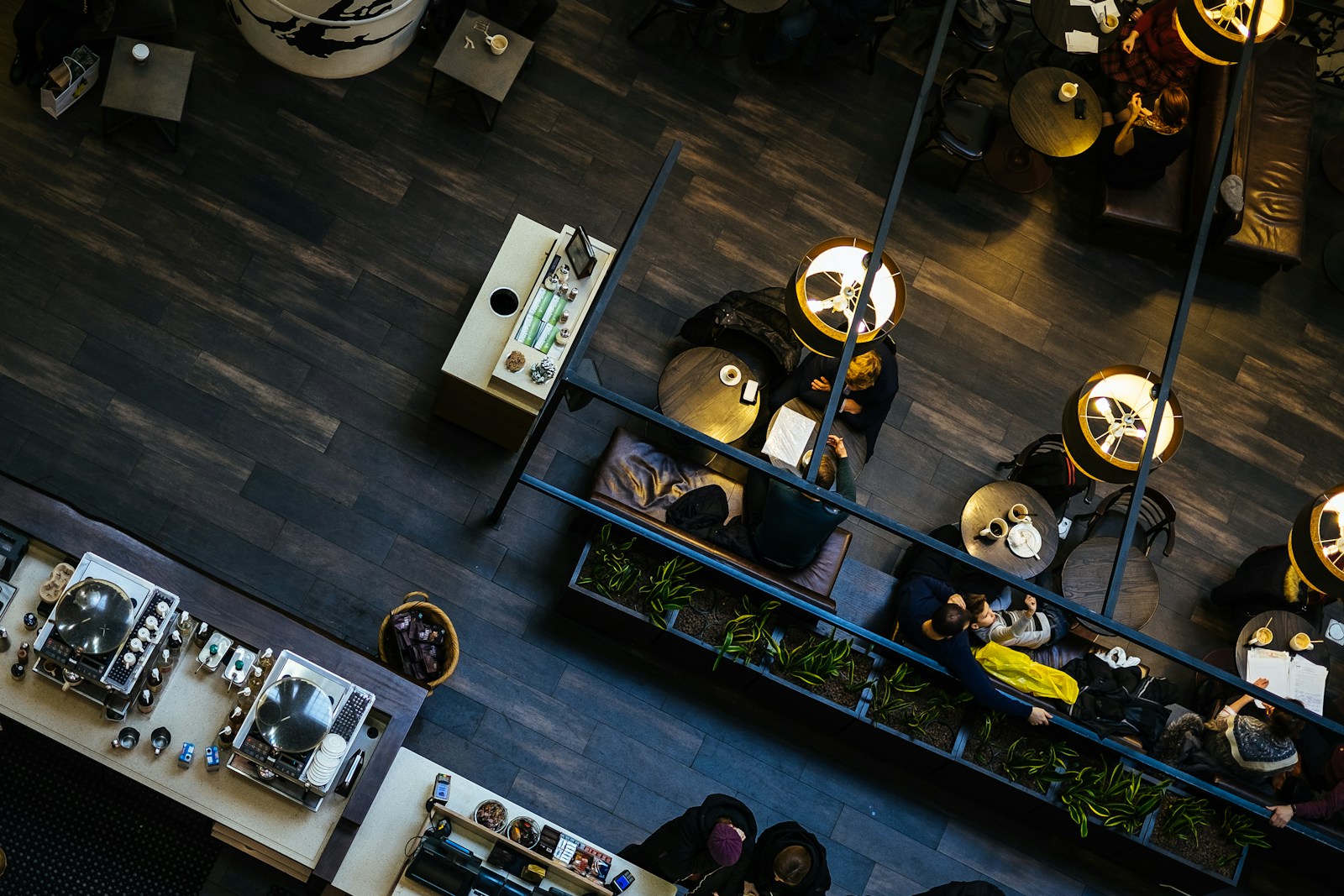
The interior design of a restaurant is not merely about aesthetics; it influences customer perceptions, behaviours, and overall customer and dining experience satisfaction. From the strategic use of colour to the careful consideration of acoustics, every design detail plays an important role in crafting a memorable dining experience. So, just what are the key components of restaurant interior design and their impact on diners?
Colour Psychology in Restaurant Design
Colour is a powerful tool in interior design, capable of evoking specific emotions and behaviours. In the context of restaurants, the choice of colour scheme can significantly influence diners’ appetites and their overall experience. Warm colours such as red, orange, and yellow are known to stimulate appetite and create a sense of urgency. This is why many fast-food establishments incorporate these hues into their branding and interiors. Red, in particular, has been identified as an appetite stimulant, making it a popular choice in the food industry. However, it’s essential to use such bold colours judiciously to avoid overwhelming patrons.
Conversely, cooler tones like blue and green have a calming effect and can suppress appetite. These colours are often associated with tranquillity and nature, making them suitable for establishments aiming to create a relaxed and leisurely dining environment. For instance, a fine dining restaurant focusing on a serene atmosphere might incorporate soft green hues to enhance the sense of calm. However, it’s worth noting that blue is less commonly used in restaurant settings due to its potential to reduce hunger.
Neutral colours like white, black, and grey offer flexibility and sophistication. White conveys cleanliness and simplicity, black exudes elegance and luxury, while grey can provide a modern and minimalist feel. These colours can serve as a backdrop, allowing other design elements or colourful accents to stand out, thereby creating a balanced and inviting environment.
Lighting: Crafting the Ambience
Lighting is a critical component in setting the mood of a restaurant. It affects not only the visual appeal of the space but also influences how customers feel and behave. Bright, well-lit spaces tend to create a lively and energetic atmosphere, suitable for casual dining and quick service restaurants. In contrast, dim lighting can evoke intimacy and sophistication, aligning with the ambiance desired in upscale or romantic dining settings.
The strategic placement of lighting fixtures can also highlight architectural features or focal points within the restaurant, guiding patrons’ attention and enhancing their spatial experience. For example, pendant lights over tables can create individual pockets of warmth, making each dining area feel personal and inviting. Additionally, the use of adjustable lighting allows for flexibility, enabling the ambiance to transition seamlessly from day to night, catering to different dining occasions.
Moreover, lighting plays a role in how food is perceived. Proper illumination can enhance the presentation of dishes, making them appear more appetising and appealing. This is particularly important in the age of social media, where diners often photograph their meals. Ensuring that the lighting complements the culinary presentation can contribute to a more satisfying dining experience and encourage patrons to share their experiences online.
Acoustics: Managing Sound for Comfort
Acoustics are often an overlooked aspect of restaurant design, yet they significantly impact customer comfort and satisfaction. Excessive noise levels can lead to a stressful dining experience, causing patrons to leave sooner than intended. Conversely, a too-quiet environment might lack the vibrant atmosphere that many diners enjoy. Achieving the right balance is essential for creating an inviting space.
Incorporating sound-absorbing materials can help manage noise levels effectively. For instance, upholstered seating, curtains, and carpets can reduce sound reflection, thereby minimising echo and background noise. Additionally, installing acoustic panels on ceilings or walls can further enhance sound quality within the space. These interventions contribute to a more comfortable environment where conversation is facilitated without the need for raised voices.
The layout of the restaurant also plays a role in acoustics. Strategically placing partitions or using plants and decorative elements can break up sound waves, preventing noise from carrying across the room. By thoughtfully considering acoustics in the design process, restaurateurs can create a pleasant auditory environment that complements the visual and culinary experience
Spatial Layout and Seating Arrangements
The physical arrangement of a restaurant’s interior significantly influences both operational efficiency and customer comfort. A well-planned layout ensures smooth traffic flow for staff and patrons, reducing congestion and enhancing service delivery. For example, clear pathways between tables allow servers to navigate the space efficiently, leading to prompt and unobtrusive service. This thoughtful organisation contributes to a seamless dining experience, encouraging customers to return.
Seating arrangements also impact the social dynamics within the restaurant. Offering a variety of seating options, such as booths, communal tables, and private nooks, can cater to different customer preferences and group sizes. Booths provide a sense of privacy and intimacy, appealing to couples or small groups seeking a more secluded experience. Communal tables, on the other hand, foster a social atmosphere, encouraging interaction among patrons, which can be particularly effective in casual dining establishments or eateries with a focus on community engagement.
Moreover, the choice of furniture and its arrangement can influence the duration of a customer’s stay. Comfortable seating with adequate space encourages diners to relax and spend more time, potentially increasing their expenditure on additional courses or beverages. Conversely, less comfortable seating might be suitable for fast-food restaurants where quick turnover is desired. By aligning the spatial layout and seating arrangements with the restaurant’s concept and service model, designers can create an environment that enhances both customer satisfaction and business performance.
Thematic Consistency and Brand Identity
The best-designed restaurants don’t just look good — they feel cohesive. Thematic consistency in interior design helps reinforce a brand’s identity and ethos, shaping how customers interpret the overall experience. Whether it’s a rustic countryside gastropub, an elegant fine dining venue, or a bold, urban street-food spot, every design choice should align with the restaurant’s character and purpose. This sense of consistency builds trust and leaves a stronger impression, making it easier for customers to remember and recommend the venue.
Design elements such as furniture, artwork, signage, uniforms, and tableware all contribute to this theme. For example, a seafood restaurant might incorporate natural textures like reclaimed wood, rope, and maritime-inspired lighting to evoke a coastal feel. These subtle cues add up, creating a subconscious narrative that makes the dining experience feel more immersive and considered. In high-end establishments, it’s common to see muted colour palettes, elegant materials like marble or brass, and carefully curated music and scent choices — all reinforcing a refined, exclusive atmosphere.
But consistency doesn’t mean sameness. It’s entirely possible to blend styles or fuse influences, provided there’s a clear creative direction. A fusion restaurant might mix cultural design motifs in its décor, using lighting or layout to connect disparate elements in a coherent way. The goal is to avoid visual clutter and contradiction — instead, the space should tell a clear story that resonates with its target audience. Successful thematic design often involves collaboration between branding experts, interior designers, and the restaurateurs themselves to ensure authenticity at every touchpoint.
Designing for Functionality and Future Growth
A well-designed restaurant also needs to work hard behind the scenes. Functionality often makes or breaks the day-to-day operations of a food business. No matter how beautiful a space looks, if the kitchen is poorly located, or servers struggle to move through tight corridors, the customer experience will suffer. Efficient design means optimising flow for both front-of-house and back-of-house operations — ideally reducing stress for staff and improving the speed and quality of service.
Open kitchen layouts, for example, have become increasingly popular. Beyond giving diners a sense of connection to the food preparation process, they also enable better communication between kitchen and service teams. However, such transparency places greater pressure on cleanliness and workflow, so layout and ventilation need to be carefully planned from the outset. Similarly, positioning bars or service stations at key nodes throughout the space can streamline operations and reduce the time staff spend navigating the floor.
Thinking ahead is just as important. A flexible space is a valuable asset, especially for restaurants that host events or expect seasonal fluctuations in trade. Modular furniture, movable partitions, and adaptable lighting can all help create multi-purpose zones without needing major refurbishments. With margins tight and customer expectations high, designing for long-term flexibility is both a commercial strategy and a sustainability measure.
Biophilic Design and the Role of Nature
In recent years, biophilic design — the practice of incorporating natural elements into built environments — has gained traction in restaurant interiors. This approach taps into the innate human connection to nature, creating spaces that feel calming, organic, and often more luxurious. Living walls, indoor plants, water features, and natural materials like timber and stone can all contribute to a healthier and more appealing dining environment.
Beyond the visual effect, there’s growing evidence that biophilic design positively impacts mental wellbeing and even the perceived quality of food. Natural elements help soften hard edges in contemporary architecture and can also assist in improving acoustics and air quality. Restaurants that prioritise these design principles often find it aligns with a broader sustainability narrative, which in turn appeals to increasingly eco-conscious customers.
That said, biophilic design requires care. Poorly maintained greenery or mismatched materials can quickly make a space feel neglected. Choosing low-maintenance plants, ensuring adequate natural light, and integrating irrigation or ventilation systems are all important. When done well, however, these touches add character and create memorable, Instagram-worthy focal points that enhance both the atmosphere and the brand.
References
-
Carroll Design. The Psychology of Restaurant Interior Design. https://carrolldesign.co.uk/restaurant-interior-design-psychology-role
-
Kezner Consulting. Restaurant Colour Psychology. https://www.keznerconsulting.com/restaurant-color-psychology
- Orka Interior. Using Interior Design to Increase Seating Capacity in Bars and Restaurants, https://orka-interior.co.uk/using-interior-design-to-increase-seating-capacity-in-bars-and-restaurants/
-
Engaging Interiors. Restaurant Interior Design: How to Create Good Acoustics. Retrieved from: https://www.engaginginteriors.uk/journal/restaurant-interior-design-how-to-create-good-acoustics
-
Dezeen. Why Restaurants Are Rethinking Their Interiors. https://www.dezeen.com/tag/restaurant-interiors
-
Biophilic Design Guide. The Benefits of Biophilic Design in Hospitality. https://biophilicdesignguide.com/biophilic-design-hospitality
-
ArchDaily. Designing Efficient Restaurant Layouts. https://www.archdaily.com
